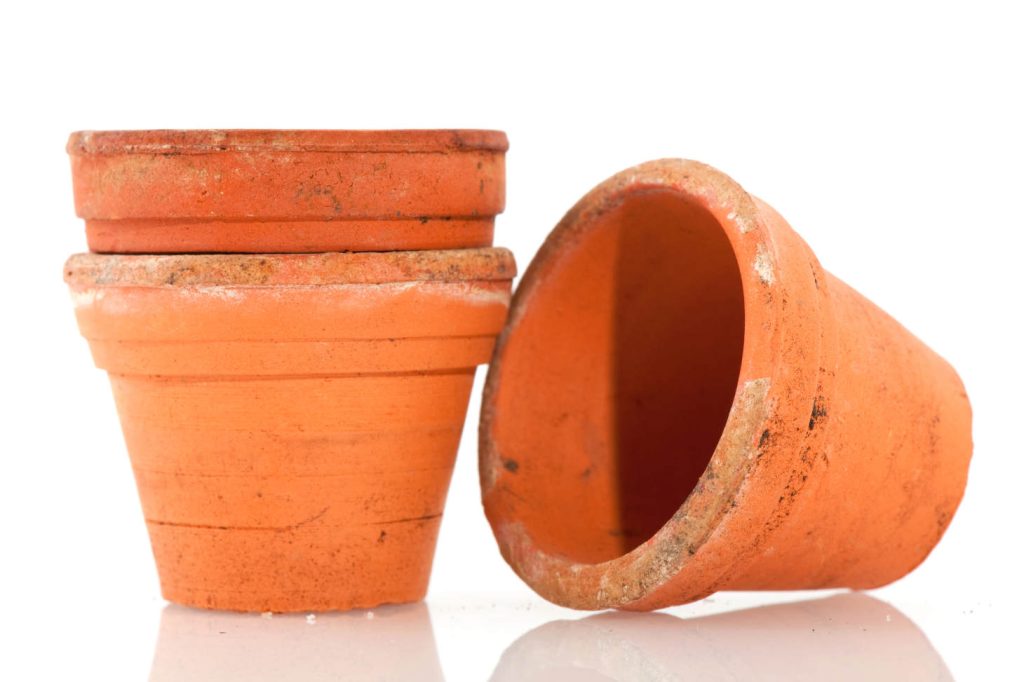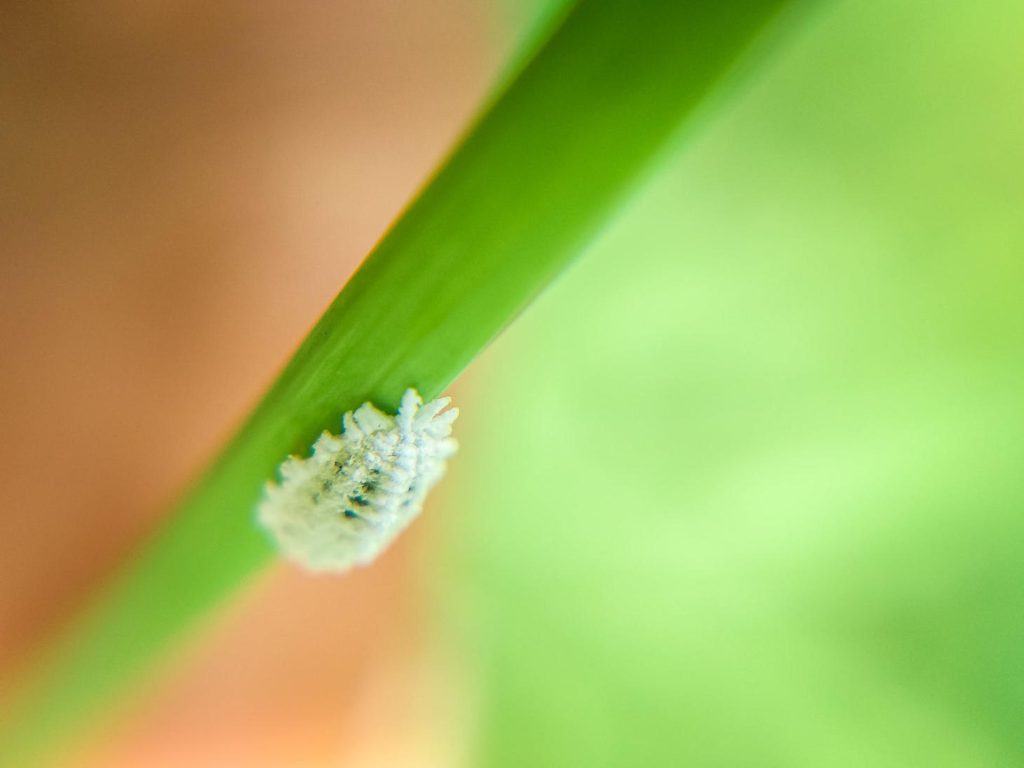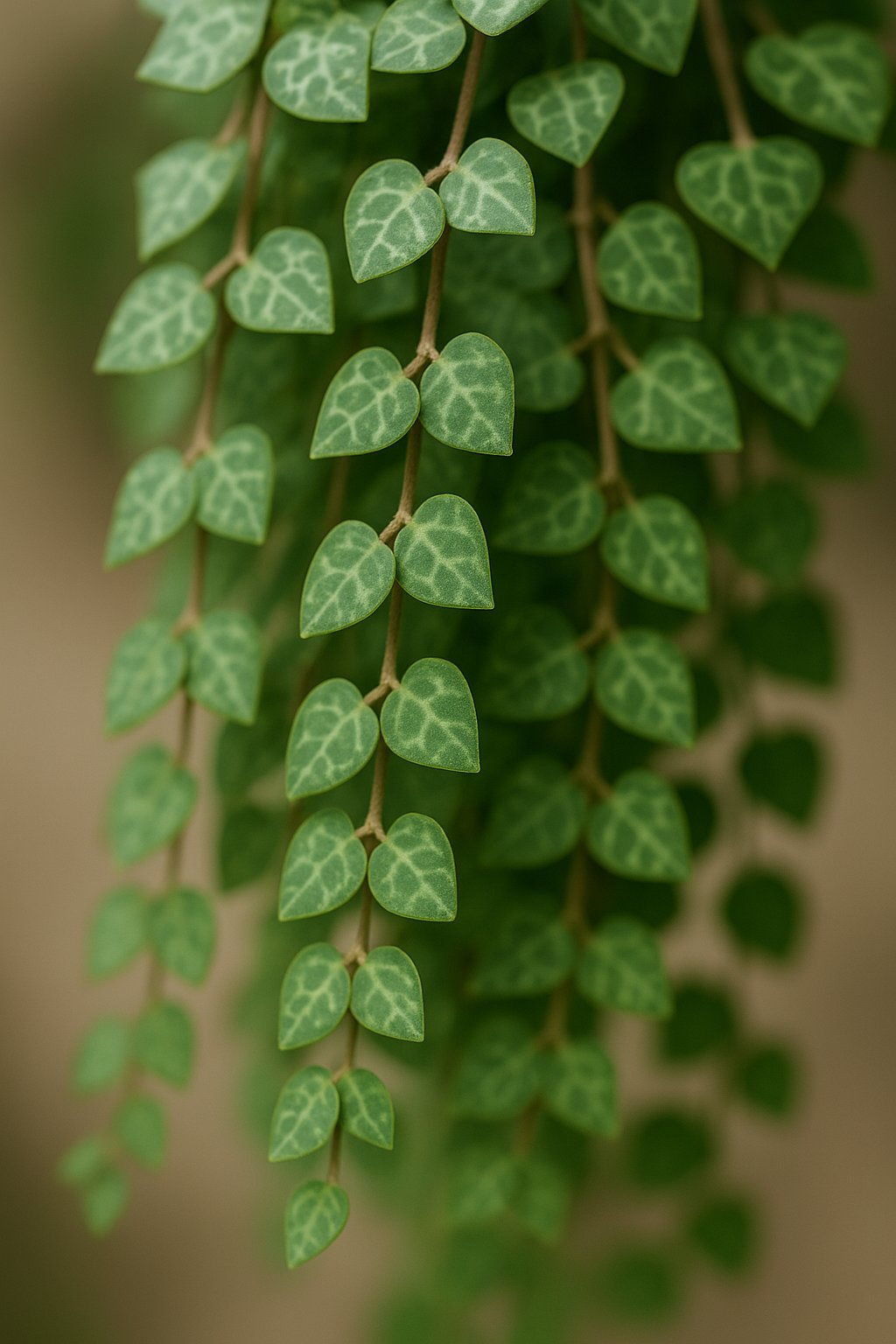Hoya Curtisii Care
If you want a plant that’s easy to care for but has a unique look, Hoya curtisii is a great choice for your home. This trailing plant is known for its small, heart-shaped leaves and can add interest to any space.
To keep your Hoya curtisii healthy, you need well-draining soil, bright indirect light, and to let the soil dry out before watering again. These plants come from warm, humid parts of Southeast Asia, so they also do best if you keep the temperature above 50°F and provide some humidity.
With the right care, you can enjoy Hoya curtisii’s trailing vines and clusters of waxy flowers. If you’re ready to learn the simple steps that will help your plant thrive, keep reading.
Essential Hoya curtisii Care Requirements
Caring for Hoya curtisii means paying special attention to its light, water, temperature, humidity, and soil. Each factor affects the plant’s health, leaf color, and ability to flower.
Light and Placement
Your Hoya curtisii grows best in bright, indirect light. Place it near a window that gets plenty of light but not direct sun, as strong sunlight can scorch the leaves. If the plant is in a spot that’s too dark, you’ll notice slow growth and fewer flowers.
A west or east-facing window works well. You can also use sheer curtains to filter sunlight if the only available spot is too bright. In lower light, the plant will survive but may not bloom. Artificial lights, like fluorescent lamps, can also help if your home is dim.
Rotate your plant every week to keep growth even. Avoid putting it too close to heaters, air conditioners, or cold drafts, as these can stress the plant.
Watering Needs
Hoya curtisii is sensitive to overwatering. Always let the top inch of soil dry out before you water again. Stick your finger into the soil to check how dry it is.
Water the soil thoroughly until water drains out the bottom of the pot. Never let the plant sit in a saucer of water, as this can cause root rot. Reduce watering in the winter months when your plant is not growing as quickly.
Signs of overwatering include yellowing leaves, wilting, or a mushy stem. If the leaves wrinkle or the soil seems bone dry, it likely needs more water. Using a pot with drainage holes is key to healthy roots.
Temperature and Humidity
Hoya curtisii prefers day temperatures between 65°F and 75°F (18°C–24°C). Nighttime temperatures should not fall below 50°F (10°C). Temperatures lower than 50°F (10°C) can damage the plant, so keep it away from open windows in winter.
This plant likes humidity of at least 50%. In dry homes, increase humidity by misting the leaves, using a pebble tray, or setting up a humidifier nearby. Bathrooms and kitchens are good spots if they get enough light.
Low humidity can cause leaves to curl or turn brown at the edges. If the air is too dry, group your Hoya curtisii with other plants to help boost moisture.
Soil Preferences
Use a light, well-draining soil mix for your Hoya curtisii. A potting mix made for epiphytes or orchids works well. You can also use a blend of well-draining soil, perlite, and orchid bark for extra drainage.
Avoid heavy, dense soils as they hold too much water and can cause root rot. The soil should allow water to flow out quickly when you water the plant. Never use garden soil from outdoors.
Fertilizing and Potting Tips
Regular feeding during spring and summer can help your Hoya curtisii stay healthy and produce new growth. Pot size, mix, and repotting timing all make a difference in root health and leaf quality.
Choosing the Right Fertilizer
Use a balanced, water-soluble fertilizer with equal amounts of nitrogen, phosphorus, and potassium, such as a 10-10-10 or 20-20-20 formula. Fertilize once a month from early spring through late summer. Avoid over-fertilizing because it can cause root burn or reduce flowering.
Dilute the fertilizer to half strength to prevent buildup in the soil. During fall and winter, stop fertilizing since the plant grows slower and needs less food. For organic options, you can use worm castings or fish emulsion sparingly.
Signs of over-fertilizing include yellow leaves, salt crust on the soil, or stunted growth. Flush the soil with water if you see these signs.
Repotting Guidelines
Repot Hoya curtisii when it becomes root-bound. Repot in spring when active growth begins. Use a pot just one size larger than the current pot to prevent overwatering and root rot.
Choose a light, well-draining soil mix, such as succulent soil blended with perlite or orchid bark. This mix prevents soggy conditions and supports healthy root development.
When repotting, gently loosen the roots and check for rot or damage. Trim away any dead or mushy roots with clean scissors. Water the plant lightly after repotting and keep it out of direct sunlight for a few days to help it recover.
Best Pot Types

Select a pot with drainage holes to prevent water from sitting at the bottom and causing root problems. Terracotta pots are a good choice because they let extra moisture evaporate, helping to reduce the risk of overwatering.
Plastic pots retain moisture longer and work well if you are often away or forget to water. Avoid pots that are much larger than the plant’s root ball, as these can lead to excess soil moisture and root issues.
A shallow, wide pot can help show off the trailing nature of Hoya curtisii and fits well on small shelves or windowsills. Always check for proper drainage and ensure your pot is easy to clean, as good hygiene helps prevent pests and disease.
Propagation and Pruning Techniques
Hoya curtisii is easy to propagate and prune, making it simple to expand your collection or shape your plant. Using the right propagation and pruning methods helps keep your Hoya healthy and encourages growth.
Stem Cutting Propagation
To propagate Hoya curtisii, you need to use stem cuttings. Select a healthy stem with at least two nodes. Make a clean cut below a node using sterilized scissors. Remove the bottom set of leaves to expose the node, as this is where new roots will form.
Letting the cut end callus for an hour helps reduce the risk of rot. Avoid cutting stems that are weak or have damaged leaves. Place your cutting somewhere with bright, indirect light while you prepare for rooting. You can take several cuttings at once if you want a fuller plant.
Rooting Methods
There are two main ways to root Hoya curtisii cuttings: water propagation and soil propagation. For water propagation, place the cut end in a clear glass of clean, room-temperature water. Make sure the node is submerged but not the leaves. Change the water every few days to prevent bacteria buildup.
For soil propagation, use a well-draining potting mix with perlite and bark. Insert the cut end into the soil so the node is buried. Lightly water the soil and keep it damp but not soggy. Covering the pot with a plastic bag creates a greenhouse effect, helping the cutting root faster. Both methods usually show root growth in 2-4 weeks.
Pruning for Growth
Regular pruning helps control the size and shape of your Hoya curtisii. Prune away leggy, thin stems to encourage fuller growth. Use clean, sharp scissors or pruners, and make each cut just above a node. Remove any yellow or wilted leaves to keep the plant healthy.
Pruning also improves airflow around the leaves, preventing fungal problems. Pinching back the tips will encourage branching and a bushier look. Schedule pruning during late winter to early spring for best results. Always dispose of pruned plant material to avoid spreading pests or disease.
Common Problems and Solutions
Hoya curtisii can sometimes run into issues like pests, leaf discoloration, or disease, especially if care conditions aren’t right. Catching these problems early and knowing how to handle them keeps your plant healthy and thriving.
Pest Management

Mealybugs, spider mites, and scale are the main pests that may attack your Hoya curtisii. Mealybugs look like small, white cotton patches on leaves and stems. Spider mites create fine webbing and cause leaves to look spotty or faded. Scale insects appear as small brown or tan bumps.
Check your plant regularly, especially under leaves and around new growth. If you spot pests, isolate the plant to stop spread. Remove bugs by wiping affected areas with a cotton swab dipped in isopropyl alcohol. For larger problems, wash the plant thoroughly with water. If needed, use insecticidal soap or neem oil every few days until you see no signs of pests.
Keep leaves clean and do not let dust build up, as clean leaves are less attractive to pests. Strong, healthy plants are also less likely to have infestations.
Disease Prevention
Root rot is the most common disease problem and is usually caused by soil that stays wet for too long. Symptoms include yellowing leaves, mushy roots, and a foul smell coming from the pot. Always plant your Hoya curtisii in fast-draining soil and a pot with drainage holes.
Water only when the top inch of soil feels dry, and always empty excess water from the saucer. If root rot does occur, take the plant out of its pot and trim away any black, mushy roots using sterile scissors. Repot in fresh, dry soil. Good air flow and avoiding water on leaves also help prevent fungal diseases.
If you notice white, powdery spots on leaves, it may be powdery mildew. Remove affected leaves and treat the rest of the plant with a gentle fungicide.
Troubleshooting Leaf Issues
Leaves turning yellow can signal overwatering, root problems, or poor drainage. Wilting and dry, crispy edges usually mean the plant is underwatered or exposed to dry air. Curling leaves often appear if your Hoya curtisii isn’t getting enough humidity or light.
Provide bright, indirect light and keep humidity around 50% if possible. Use a balanced fertilizer once a month from early spring through late summer. Regularly inspect your plant to spot changes early, and make small adjustments as needed.

